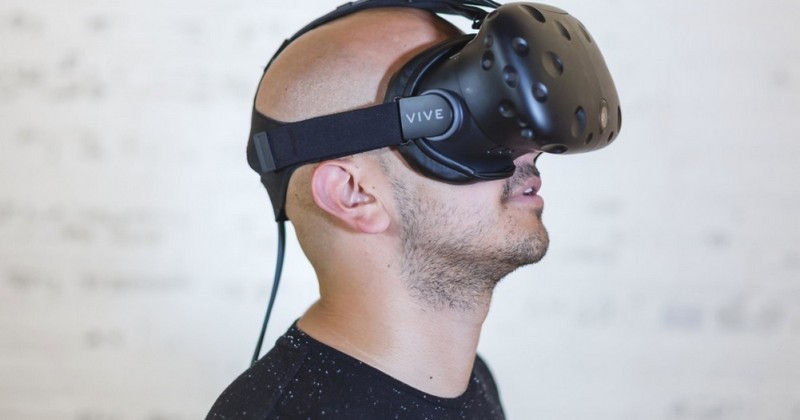Virtual Reality and Psychotherapy: these are its qualities

The qualities of Virtual Reality can be very useful in psychotherapy.
In recent years we have experienced a great advance in new technologies. This development has seen its influence in all the areas we know: communication, leisure, marketing, commerce... So, undoubtedly, it has implied a modification of all the areas of our daily life, from the way we communicate with the rest of the world, to the way we have fun, work or study.
Thus, it is clear that this type of development could reach other areas, such as medicine or psychology. And so it has. And so it has, technology has been gradually introduced in psychotherapy..
Virtual Reality applied to therapy
From the use of new technologies to help the patient perform tasks (such as sending useful multimedia files) or conducting the psychotherapy itself online.
However, technology can bring much more to the table. Current psychotherapy is already using innovative methodologies such as Virtual Reality Therapy.. This consists in the use of helmet-shaped glasses with lenses that allow the visualization of images. These glasses incorporate position trackers that detect the movements of the head and, thus, present different images depending on them.
All this is complemented by the use of headphones, which creates a greater sense of immersion and, therefore, of presence. In this way, the user replaces the present physical reality with a virtual environment.
Thus, thanks to this sense of presence and interaction, this technology is able to create a virtual experience (computer-created environment) that induces in people cognitive and emotional responses similar to those that would occur in the real world in that same environment. For this reason, virtual reality is already being used for the treatment of a variety of problems, mainly: phobias, anxiety, anxiety disorders, anxiety disorders, anxiety disorders.For this reason, virtual reality is already being used for the treatment of various problems, mainly: phobias, anxiety, Post Traumatic Stress Disorder, Eating Disorders, depression and addictions. It is also useful for the training of some techniques, such as relaxation or meditation.
Benefits of the use of Virtual Reality in Psychotherapy
The use of Virtual Reality in psychotherapy can present many advantages that, until now, were difficult to achieve from traditional psychotherapy. Some of them are:
1. Increases accessibility 2.
In some cases, such as phobias, live exposure was difficult to obtain or unavailable. Traditional psychotherapy diminished this inconvenience with the use of imaginal exposure.
However, sometimes it was really expensive for the patient to achieve a high imaginative level of the desired situation. Thanks to the creation of virtual environments, it is possible to immerse oneself in the concrete situations that are needed..
2. Replayability
Thanks to the fact that these environments are generated virtually, it is possible to relive them as many times as necessary, as well as to introduce different events or variables depending on the moment of the treatment.
3. Facilitates treatment customization
Beyond accessibility, it is important that the exposure is adapted to each particular problem.. The use of 360º videos of a real situation of the patient can be useful for exposure.
4. Allows complete control of each event
That is to say, the psychologist has the advantage of having control of each of the possible virtual events that can be introduced during the moment of exposure, unlike exposure in imagination, where it is almost impossible to have control of each imagined detail.
5. Promotes an active role in the patient's health.
This advantage can be favored thanks to the recording of 360º videos that the user himself can make in his daily environment.
It is a safe a safe environment where nothing dangerous related to the problem actually occurs. (such as the aircraft hitting a building) and that it maintains confidentiality by not requiring any real person other than the practitioner to be present at the time of the exposure or training.
6. Reduces treatment costs
It is as it happens in the accompaniment of the psychotherapist to the real situation.
7. Improves treatment acceptance
In some cases traditional psychotherapy may be rejected by the patient.. However, computer-directed treatment facilitates the initiation of treatment in a simulated environment.
(Updated at Apr 13 / 2024)